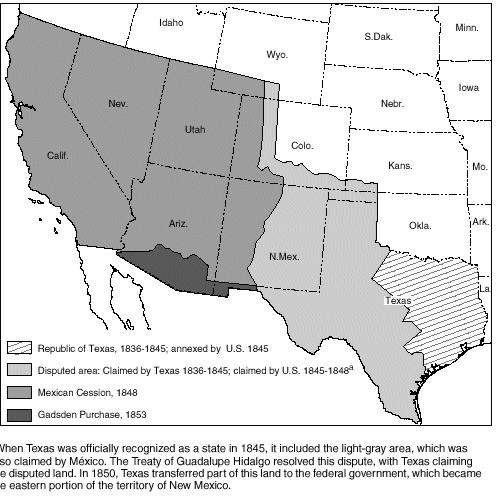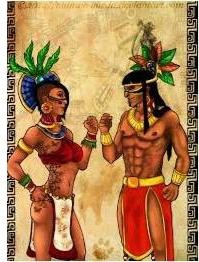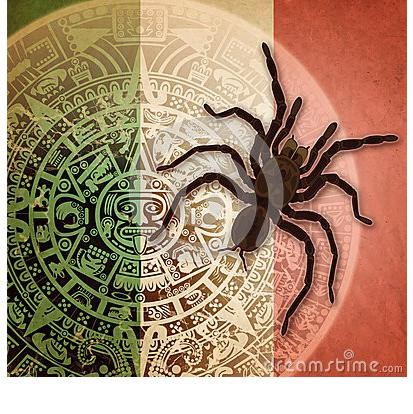By Kirby Vickery on the May 2019 Edition
Whenever the subject of what the New World gave to the Old World comes up, one of the first things that gets listed is corn or ‘maize’ as its known down here. What it looked like, and consisted of, back in the days before 1492, is a far cry from what you can buy now. The New World also introduced: corn, potato, tomato, bell pepper, chili pepper, tobacco, beans, pumpkin, cassava root, avocado, peanut, pecan, cashew, pineapple, blueberry, sunflower, petunia, black-eyed susan, dahlia, marigold, quinine, wild rice, gourds, and squash.
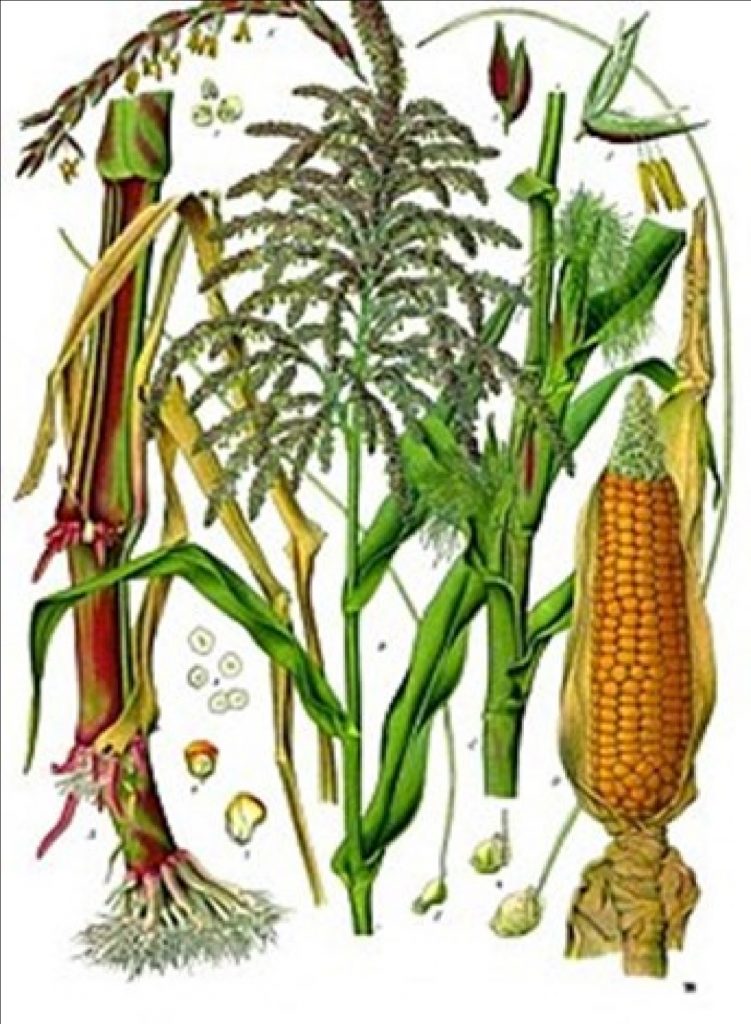
The three I’ve left out of this list are, first, vanilla because not only does it come from an orchid, the Aztecs thought so highly of it they demanded it as their tribute from the captured ‘tribes’ rather than gold, slaves or food.
The second is Pulque. It’s a milk-colored, somewhat viscous liquid that produces a light foam. It is made by fermenting the sap of certain types of maguey (agave) plants. In contrast, mezcal is made from the cooked heart of certain other agave plants, and tequila, a variety of mezcal, is made all, or mostly, from the blue agave (and the worm has nothing to do with any of them). About six varieties of maguey are best used for the production of pulque. The name pulque is derived from Nahuatl. The original name of the drink was iztāc octli [āistaːk okti](whitepulque).
The term, pulque, was probably mistakenly derived by the Spanish from the octli poliuhqui [āoktāāi poāliwki], which meant “spoiled pulque”. The maguey plant is also called a “century plant”, in English. Native to Mexico, it grows best in the cold, dry climates of the rocky central highlands to the north and east of Mexico City, especially in the states of Hidal-go and Tlaxcala.
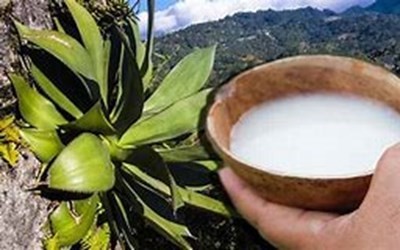
Maguey has been cultivated at least since 200 CE in Tula, Tulancingo and Teotihuacan, and wild plants have been exploited for far longer. The plant historically has had a number of uses. Fibers can be extracted from the leaves to make rope or fabric. Its thorns can be used as needles or punches and the membrane covering the leaves can be used as paper, or for cooking.
The name maguey was given by the Spanish, who picked it up from the Taino (Caribbean folk settled mostly in Cuba and Puerto Rico and the Eastern Caribbean). This is still its common name in Spanish, with agave being its scientific, generic or technical name. The Nahuatl name of the plant is metl.
The manufacturing process of pulque is complex and requires the death of the plant. As the plant nears maturity, the center begins to swell and elongate as the plant gathers stored sugar to send up a single flower stalk, which may reach up to 20 feet in height.
However, plants destined for pulque production have this flower stalk cut off, leaving a depressed surface 12-18 inches in diameter. In this center, the maguey sap, known as aguamiel (honey water), collects. It takes a maguey plant 12 years to mature enough to produce the sap for pulque.
All the gods followed the leadership of Quetzalcóatl. They taught the Toltec people all their knowledge, until they were wise in the arts and sciences, and could recognize the march of the stars. The Toltecs were then able to measure time and determine the change of the seasons to plant, and harvest.
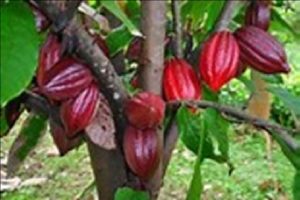
The Toltecs planted corn, beans, yucca, all sorts of cereals and fruits and spent their free time studying. In time, they were wonderful architects, artists, masons and delicate molders of clay
The third product is that wonderful, stand-all-alone stuff from which the entire world craves for itself, in cold and hot drinks, in candy form, as a topping, or mixed into various pastries, and all by itself or with just a little chili, frothed up and creamy: Chocolate. People rate it as an aphrodisiac just above coffee. It has many proven health benefits and some aspects that aren’t.
Chocolatl, (as the Aztec called it) was a drink consumed by royalty and the upper class in their capital. It was served with water (they didn’t have cows or milk). They flavored it with vanilla, spices, chili and sometimes honey; it was a bitter drink. Cacao beans were the currency throughout Mesoamerica. There is an ancient Mayan myth that says that cacao beans were given to men by the Gods.
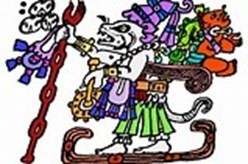
Historically, the Mayas celebrated the new year with the Possum God carrying the Rain God on its back with an offering of cacao beans. A representation of the Possum God and of the cacao beans can be seen in the Dresden Codex. [The Dresden Codex is one of very few examples of Mayan literature that es-caped the burning of Mayan libraries by Spanish conquistadores.]
Quetzalcóatl visits the earthOnce upon a time, Quetzalcóatl descended to earth by the rays of a morning star, leaving all the Toltecs surprised by his coming down to earth. Everyone understood that this newcomer was not a simple mortal and they broke their ugly dark clay gods to worship him.
They built for him a very large five-storied temple with staircases. The roof was held up by four monumental stone columns carved in the shape of men. The outside of the house was decorated with large butterflies and along line of tigers who seemed to be searching for the god.
The Toltecs called Quetzalcóatl, Tlahuizcalpantecutli, which means the star that comes in the afternoon. This name was quite appropriate because the star sometimes rises in the morning and another in the afternoon. Today we call this latter star, Venus.
The temple was located in a square in the city of Tollan (now Tula). The main gods of the city were Quetzalcóatl-Tlahuizcalpantecutli, and the god Tláloc, The Lord That Comes from the Earth, the giver of rain and life, and the owner of souls estranged from their bodies.
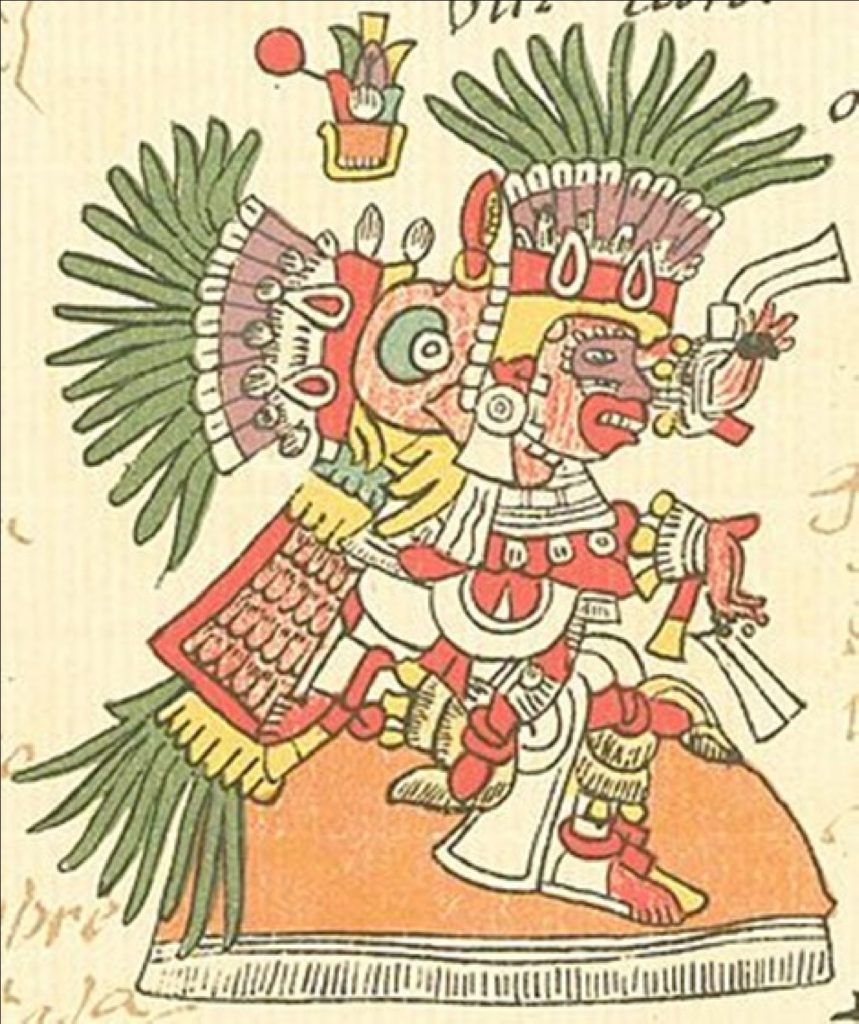
The city’s goddess was Xochiquetzal which means ‘Plumed Flower.’ She was the goddess of happiness and love, and wife of Tlaloc and the giver of pulque.
Quetzalcóatl, who loved the people deeply, gave them a very special plant. This plant had been jealously guarded by the other gods because they extracted a drink which was reserved only for the gods. Quetzalcóatl stole the small bush with dark red flowers, which later became dark fruit. He planted the bush and asked Tláloc to water it and, asked Xochiquetzal to tend to it and make it beautiful with flowers.
The little tree flowered incessantly and Quetzalcóatl picked up the pods, roasted the kernels, then taught the Toltec women to grind them into a fine powder. The women mixed the powder with water from their jars and whipped it into a frothy drink which they called ‘chocolatl.’ In the beginning it was only drunk by priests and royalty. Because of its bitterness, the Mayas called it kahau (bitter).
The Toltecs became so wise, so learned in the arts and sciences, and so prosperous, that the gods became jealous at first, and then, angry, when they discovered that their chocolatl had been stolen from them. They vowed to make war on Quet-zalcóatl and the Toltecs.
The gods called on Tezcatlipoca, ‘The Fuming Mirror’, the god of darkness and the night. He was the sworn enemy of Quetzalcóatl, who was the God of the Morning Star. Tezcatlipoca came down to earth, on the thread of a spider and, taking on the guise of a merchant, approached Quetzalcóatl, determined to cause his downfall. Quetzalcóatl was very sad. He had dreamt that the gods were plotting against him and he was worried for his Toltec people.
The false merchant, got close to Quetzalcóatl and asked, “Why are you so sad my Lord?”“Because the gods have ordered my downfall and the death of my people.” answered Quetzalcóatl.“I offer you this drink. It is the drink of happiness. Take it, give it to the people and they will be happy, too!”
Quetzalcóatl believed the false merchant and drank the juice offered to him. It was pulque, the drink made from fermented agave. He drank until he was completely drunk. He danced and jumped about, and made all sorts of hand gestures to the people outside the palace who did not know what to make of the strange behavior of their beloved god. Quetzalcoatl was so drunk that he did not notice he was losing the respect of his people. Finally, exhausted, he fell asleep.
Quetzalcóatl woke up the following morning with a bad headache and foul breath. He knew that the gods had made fun of and ridiculed him. He had lost face and was deeply ashamed. He then knew that the end of Tollan, the glorious city of the Toltecs, was near. He could not face the destruction of his city, nor the death of his people. So, he left Tollan, walking in the direction of the evening star.
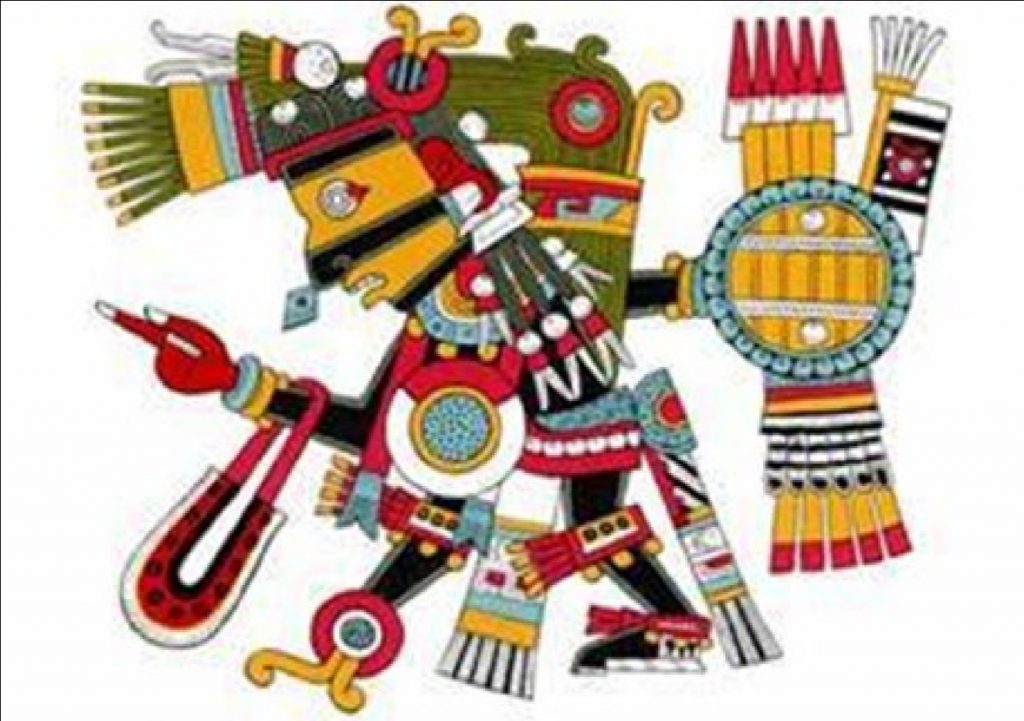
As he walked, he noticed that the little chocolatl bushes he had planted had transformed themselves into dry plants with thorns. They had transformed themselves into agaves. He saw that the agave was the plant that made the juice that got him drunk in the first place. He cried and cried and walked for days on end.
He walked all the way to the land of Tabasco. When he reached the shore, before he left the land, never to return, he placed the last seeds of cacao he had left in this hand into the ground. The seeds, with time, flourished and became the last gift of the god of the morning star to the people of Mexico.
The full edition or view it online
—
Kirby was born in a little burg just south of El Paso, Texas called Fabens. As he understand it, they we were passing through. His history reads like a road atlas. By the time he started school, he had lived in five places in two states. By the time he started high school, that list went to five states, four countries on three continents. Then he joined the Air Force after high school and one year of college and spent 23 years stationed in eleven or twelve places and traveled all over the place doing administrative, security, and electronic things. His final stay was being in charge of Air Force Recruiting in San Diego, Imperial, and Yuma counties. Upon retirement he went back to New England as a Quality Assurance Manager in electronics manufacturing before he was moved to Production Manager for the company’s Mexico operations. He moved to the Phoenix area and finally got his education and ended up teaching. He parted with the university and moved to Whidbey Island, Washington where he was introduced to Manzanillo, Mexico. It was there that he started to publish his monthly article for the Manzanillo Sun. He currently reside in Coupeville, WA, Edmonton, AB, and Manzanillo, Colima, Mexico, depending on whose having what medical problems and the time of year. His time is spent dieting, writing his second book, various articles and short stories, and sightseeing Canada, although that seems to be limited in the winter up there.

